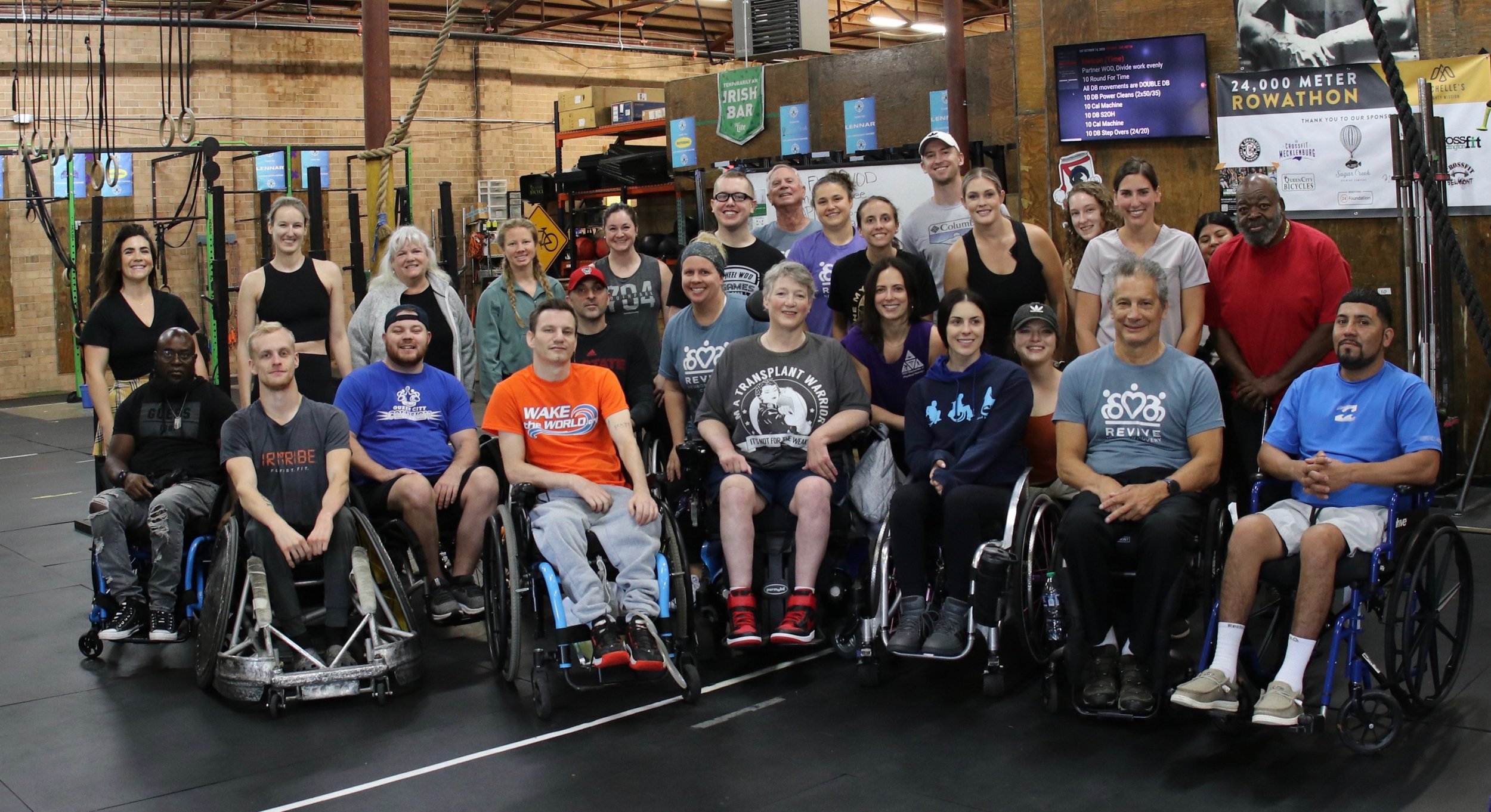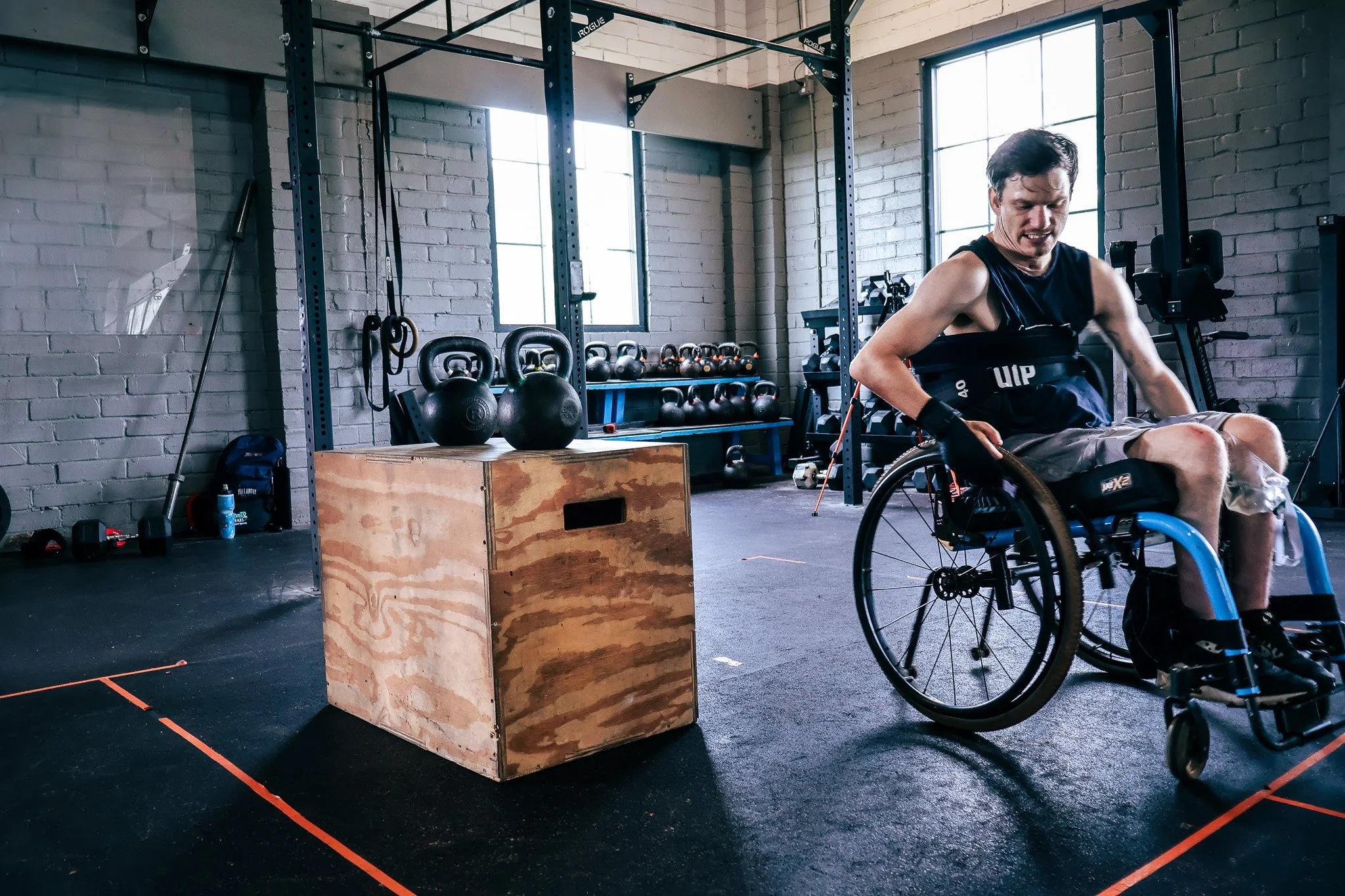Charlotte’s ultimate guide to neurological Recovery






Neurological recovery is a journey that requires patience, consistency, and the right strategies. Whether you or a loved one are recovering from a stroke, traumatic brain injury, spinal cord injury, or other neurological condition, this guide provides actionable steps to maximize recovery and improve quality of life.
Usually, immediately after a neurological injury one is admitted to the hospital to stabilize your condition. Once medically stable a person will be referred to inpatient rehabilitation or a skilled nursing facility. Here you learn how to perform basic daily tasks. These tasks include: getting in and out of bed, dressing and bathing yourself, using a wheelchair, maybe relearning how to stand or take steps. Essentially, initial rehab’s goal is to make you safe enough to go home with assistance.
From there home health or outpatient rehab will begin. Here you will continue to learn tasks and skills to make you independent as possible. Many times insurance companies will dictate how much care you are allowed to receive and what your therapists can work on with you. Unfortunately, the insurance company only cares if you are “good enough” and not maximizing your recovery.
BUT WHAT ABOUT YOUR GOALS AND ASPIRATIONS?
Maybe you were an avid cyclist, motocross rider, hiker, pickleball player, weightlifter, traveler, or a devoted spouse/parent/grandparent. Maybe you want to work on standing, walking, or staying active but your insurance won’t cover this. How do get back to the activities you love doing and push the boundaries of what recovery can be?
At Revive, we are changing the way neurological physical therapy looks. Your goals are important to us! Our private pay model allows us to focus specifically on the things you want to get back to! How do we do this? We utilize a holistic approach by combining physical therapy, functional fitness, and activity based therapy to maximize your recovery through neuroplasticity.
Neuroplasticity is the brain's ability to reorganize itself by forming new neural connections. This means that even after injury, the brain can adapt and regain function through consistent rehabilitation. Key factors that influence neuroplasticity include:
Repetition: Frequent practice of tasks strengthens neural pathways.
Intensity: More challenging activities enhance adaptation.
Task-Specific Training: Practicing real-life movements improves functional recovery.
Time: Recovery takes months or years; persistence is crucial.
I’m sure you are wondering so what are my actionable steps to maximize my recovery. As always, everyone’s recovery is different so please consult with your healthcare team to make sure these steps are appropriate for you.
Essential Components of Neurological Recovery
1. Physical & Occupational Therapy
A well-rounded physical rehab program should include:
Range of Motion Exercises: Prevent stiffness and maintain mobility.
Strength Training: Build muscle function and reduce weakness.
Balance & Coordination Work: Improve stability and prevent falls.
Gait Training: Focus on proper walking patterns.
Adaptive Equipment: Use assistive devices when necessary.
Supplemental training: traditional insurance based care is NOT enough. Your body needs 1000s of repetitions to relearn skills. Revive can help maximize your recovery through one on one individualized training specific to your goals
2. Cognitive & Mental Recovery
Brain injuries often affect memory, problem-solving, and emotional regulation. Recovery strategies include:
Cognitive Therapy: Engage in puzzles, memory exercises, and reading.
Mindfulness & Meditation: Reduce stress and enhance focus.
Mental Stimulation: Learn new skills or engage in creative activities.
Support Groups & Therapy: Address emotional well-being.
3. Speech & Swallowing Therapy
For those with speech difficulties, working with a speech-language pathologist can help improve:
Articulation & Clarity: Strengthening mouth and vocal muscles.
Aphasia Therapy: Rebuilding language skills after stroke or injury.
Swallowing Techniques: Reduce the risk of aspiration and improve nutrition.
4. Nutrition & Hydration
A healthy diet plays a crucial role in brain recovery. Key nutrients include:
Omega-3 Fatty Acids: Found in fish, flaxseeds, and walnuts.
Antioxidants: Berries, spinach, and nuts help reduce inflammation.
Protein: Essential for muscle repair and function.
Hydration: Dehydration can slow down recovery.
5. Alternative & Complementary Therapies
Some therapies can enhance traditional rehabilitation, such as:
Dry Needling & Acupuncture: May help with pain management and circulation.
Hyperbaric Oxygen Therapy: Used for brain injury recovery in some cases and wound healing.
Music & Art Therapy: Stimulates brain function and emotional healing.
Virtual Reality & Robotics: Emerging tech for movement rehabilitation.
6. Setting Goals & Tracking Progress
Short-Term Goals: Small, achievable milestones (e.g., standing without assistance).
Long-Term Goals: Larger objectives (e.g., returning to work or hobbies).
Journaling Progress: Keeping a recovery journal helps track improvements and setbacks.
Consulting Professionals: Regular check-ins with therapists and doctors ensure proper adjustments.
The biggest thing to remember is neurological recovery is a marathon, not a sprint. With the right mindset, support system, and dedication, progress is possible.
Stay consistent, celebrate small victories, and never give up on the journey to recovery.
The best way to learn more about what we do is to book a free call with Dr. Ashley.
